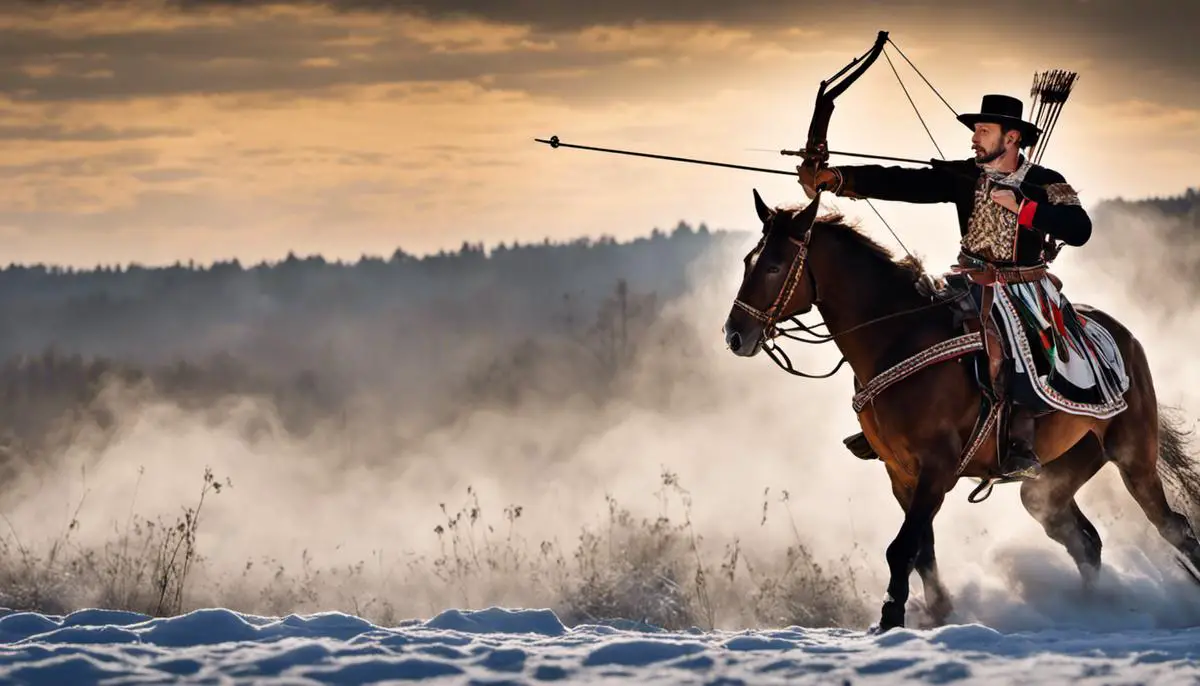Enshrined in the annals of history and woven into the cultural tapestry of the nation, Hungarian horseback archery stands as a testament to the martial prowess, agility and dedication of its practitioners. As a symbol of national heritage, it played a pivotal role in the historical and cultural context of ancient Hungary. A fusion of skill, strength and strategic wit, it emerges as an incredibly intricate sport that has endured through the ages. From its early origins and significance, the techniques and practices, the integral equipment, its contemporary standing to its global influence, Hungarian horseback archery traverses an intriguing journey that demands an exploration.
Table of Contents (Horspedia)
Historical Origins of Hungarian Horseback Archery
Ancient Origins of Hungarian Horseback Archery
The practice of Hungarian horseback archery, also known as lovasíjászat, has origins rooted deep in the history of the Magyar people. The Magyars, the ancestors of modern Hungarians, were known for their exceptional horseback riding and archery skills. These skills played an integral role in their lifestyle and combat strategies, laying the foundation for the rich tradition of Hungarian horseback archery we see today.
The Magyars were a nomadic tribe originating from the regions east of the Ural Mountains in what is now Russia. Around the 9th century, they migrated to the Carpathian Basin, the area where Hungary is now located. They brought with them a rich culture centered around horse riding and archery, both crucial aspects of their nomadic lifestyle.
Significance of Hungarian Horseback Archery in Warfare
Hungarian horseback archery was a formidable tool in warfare. In combat, the Magyars were known for their strike-and-retreat tactic, also referred to as the Parthian shot. This involved riding towards the enemy, firing arrows, and then swiftly retreating while continuing to shoot arrows backward at the enemy. This strategy was made possible due to their incredible horse-riding skills and precision archery, causing considerable damage to enemy ranks while minimizing their own casualties.
In the Battle of Lechfeld in 955 AD, considered one of the definitive battles for the Magyars, these horseback archery skills played a significant role. Despite their defeat in this battle, the Magyars’ skill set left a lasting impact on medieval warfare.
The Role in Hunting and Survival
Apart from warfare, horseback archery was crucial for survival. Hunting was a significant component of the Magyar’s nomadic lifestyle, and being able to shoot an arrow accurately from a moving horse was a vital survival skill. Adept archers could bring down a variety of game, providing much-needed sustenance for their tribes.
This practice further honed their skills, making the Magyars a formidable force in combat. The ability to hit a moving target from a moving horse fostered an agility and precision that was hard to match, earning them widespread respect and a formidable reputation across Europe.
Current Status of Hungarian Horseback Archery
Preservation of this ancient skill is an essential part of Hungarian culture today. Various clubs and societies, such as the Hungarian Horseback Archery Association, actively strive to keep this tradition alive. Modern horseback archers learn and practice the techniques used by their ancestors, and national and international competitions provide a platform for these archers to display their skills. Through these efforts, the ancient art of Hungarian horseback archery continues to thrive.
Though it no longer serves the practical purposes of hunting or warfare, Hungarian horseback archery remains a potent symbol of Hungarian cultural heritage. It stands as a testament to the historical prowess and traditions of the Magyar people, highlighting their integral connection with horse-riding, archery, and the enduring resilience of their culture.
The Magyars, who have left a strong impact in the form of horseback archery, continue to play a significant role in the modern-day Hungarian lifestyle. The contemporary efforts to preserve this traditional skill are indicative of how Hungarians cherish their ancestors’ expertise, all the while tweaking these age-old practices to cater to the demands of this century.

Practices and Techniques of Horseback Archery
Delving Deeper into Hungarian Horseback Archery: An Overview of Its Rich Historical Background and Distinctive Technique
Horseback archery in Hungary, an integral part of the country’s rich heritage and culture, is a unique confluence of rapid horse movements fused with the precision of archery. This practice can be traced back to the nomadic Magyar warrior tribes that lived in the Carpathian Basin, now modern-day Hungary, a millennium ago. They leveraged horseback archery as a strategic tool for both hunting and combat.
The Techniques of Horseback Archery
The fundamental techniques of Hungarian horseback archery involve shooting while controlling the horse using body pressure, leg movements, and voice commands. An archer relies on synchronizing his rhythm and focus precisely with the horse’s movement to effectively hit their target. The bow, traditionally made of wood and horn, must be drawn swiftly in a technique known as ‘fluid draw’ and released with an impeccable timing known as ‘loose’.
Archers often use the three main types of shooting techniques in Hungarian horseback archery. These are the ‘ahead shooting’ where the target is straight in front of the horse rider, ‘side shooting’, where the target is perpendicular to the horse rider, and ‘back shooting’ where the archer twists his torso to shoot targets behind the horse. Archers must master these techniques while maintaining control and balance on the horse.
Training in Horseback Archery
The training involved in mastering Hungarian horseback archery is intensive, demanding competence both as an equestrian and an archer. Beginners usually start with ground archery training where they learn bow handling, aiming, and shooting techniques. This ground training can last from weeks to months depending on the learner’s aptitude.
Horse riding training takes place simultaneously. Initially, the learner may start with skill-building in horse riding without shooting. As they gain confidence and proficiency in handling a horse, they are introduced to archery again, this time combining it with riding. It should be noted that in traditional Hungarian horseback archery, the horses are trained to respond to legs and weight, freeing the archer’s hands for shooting.
Evolution over Time, Symbiosis with the horse
Over the centuries, Hungarian horseback archery has evolved from a necessity of survival and warfare to a revered sport and cultural practice. Today, international horseback archery competitions often feature Hungarian style course known as the ‘Hungarian track’. Here, the archer gallops down a straight 99-meter track shooting at three targets positioned at various points.
Throughout this evolution, the symbiotic relationship between the archer and the horse remains a crucial component. The horse not only carries the archer but also significantly contributes to the archer’s performance. The horse’s speed, maneuverability, and responsiveness to commands deeply influence the outcome of the shots. Consequently, successful horseback archers often describe their connection with the horse as a partnership, indicating the deep bond and mutual understanding that builds up over training and shared experiences.
Hungarian horseback archery, a current-day sport with roots in ancient traditions, encapsulates the rich cultural history of Hungary. A stellar combination of bravery, prowess, and dexterity, this sport is a representation of the early survival strategies that have artfully evolved to align with modern standards of athleticism. Horseback archery marks more than just the spirit of competition; it signifies the resilience of the human spirit.
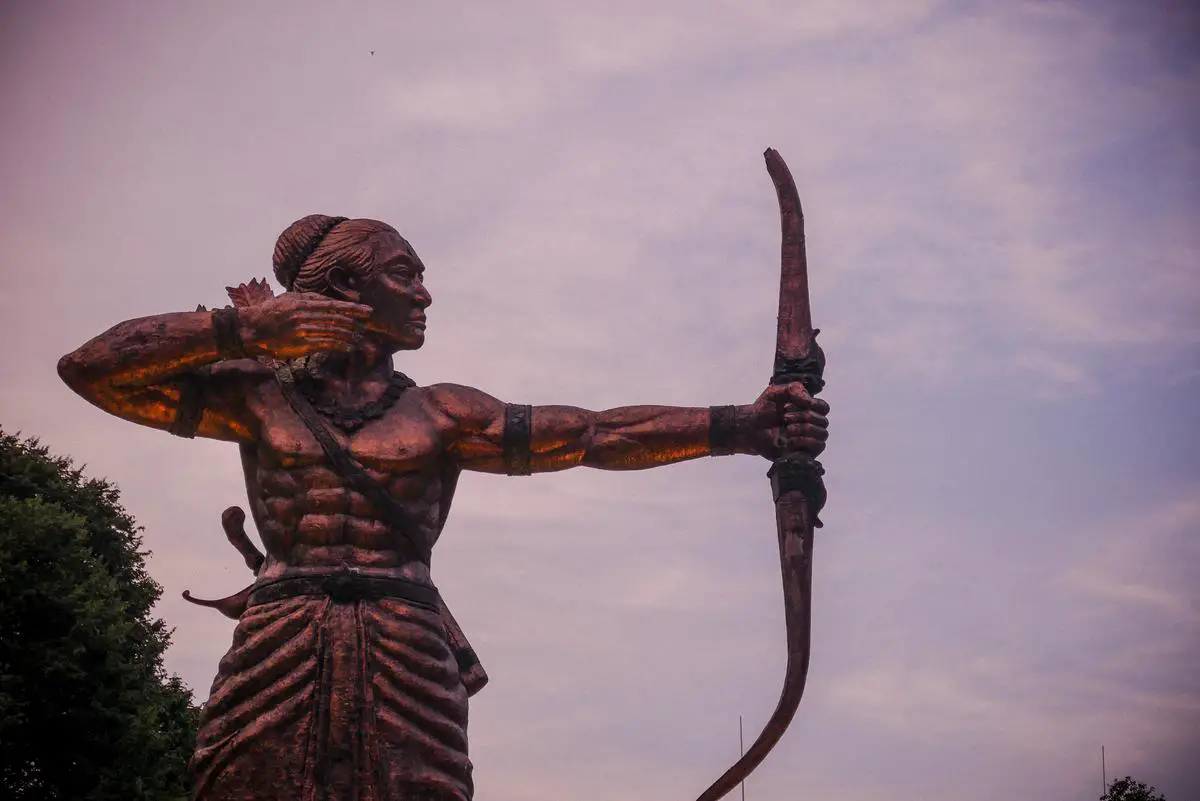
Photo by pretentiousmaru on Unsplash
Equipment Used in Hungarian Horseback Archery
Understanding the Gear for Hungarian Horseback Archery
Marrying the deftness of archery with the dynamic energy of horse riding, Hungarian horseback archery demands an unerring blend of speed, skill, and agility. The archer’s toolkit comprises of a composite bow, arrows, a quiver, and requisite protective gear.
At the core of the archer’s quiver is the traditional horse bow or composite bow, prominent in Hungary and several Central Asian countries. Compact and lightweight, this bow is specially designed for horseback utilization. Its distinct recurve shape comprises a handle flanked by two flexible limbs culminating in tips, often referred to as siyahs. The composite bow is crafted from organic elements like wood, horn, and animal hide, designed to weather the mechanical strain of shooting.
The arrows enlisted in this sport are typically fashioned from carbon or aluminum, featuring a plastic nock on one end and a metal tip on the other. The arrow’s fletching, crafted from feathers or synthetic vanes, varies based on the archer’s preference. The quiver, serving as an arrow reservoir, is fastened to the rider’s side for easy reach, thereby facilitating swift firing.
In addition to the aforementioned, archers usually sport protective gear, for instance, arm and chest guards, to prevent injuries from the bowstring recoil. Moreover, helmets are a standard inclusion for safeguarding the rider’s head during both competitions and practice sessions of horseback archery.
The Role of the Horse in the Sport
Horses are integral to this sport. A horse used for horseback archery, often referred to as a “warhorse,” is specially trained to handle the speed, noise, and the unique challenges posed by the activity. The breed of horses commonly used varies, but many riders prefer breeds that are swift, agile, and have good stamina, such as the Hungarian Warmblood.
Training and Special Equipment for the Horse
Training a horse for horseback archery requires a significant time commitment and specialist knowledge. The horse must be desensitized to the bow and arrows, and conditioned to run with speed and rhythm without the rider holding onto the reins. This aspect requires a great deal of trust between the horse and rider.
The equipment used for horses in horseback archery is relatively minimal, in comparison to other equestrian sports. This reflects the historical reality of the original horse archers, who traveled light and didn’t have access to modern saddles and bridles. The saddle used for horseback archery is smaller and lighter than standard horse saddles to allow for the mobility required to shoot.
Introducing the Marvel of Hungarian Horseback Archery
An amalgamation of the exquisite composite bow, the nimbleness of the rider, the well-trained and courageous horse, and the historic equipment, make Hungarian Horseback Archery an exceptionally breathtaking sport.
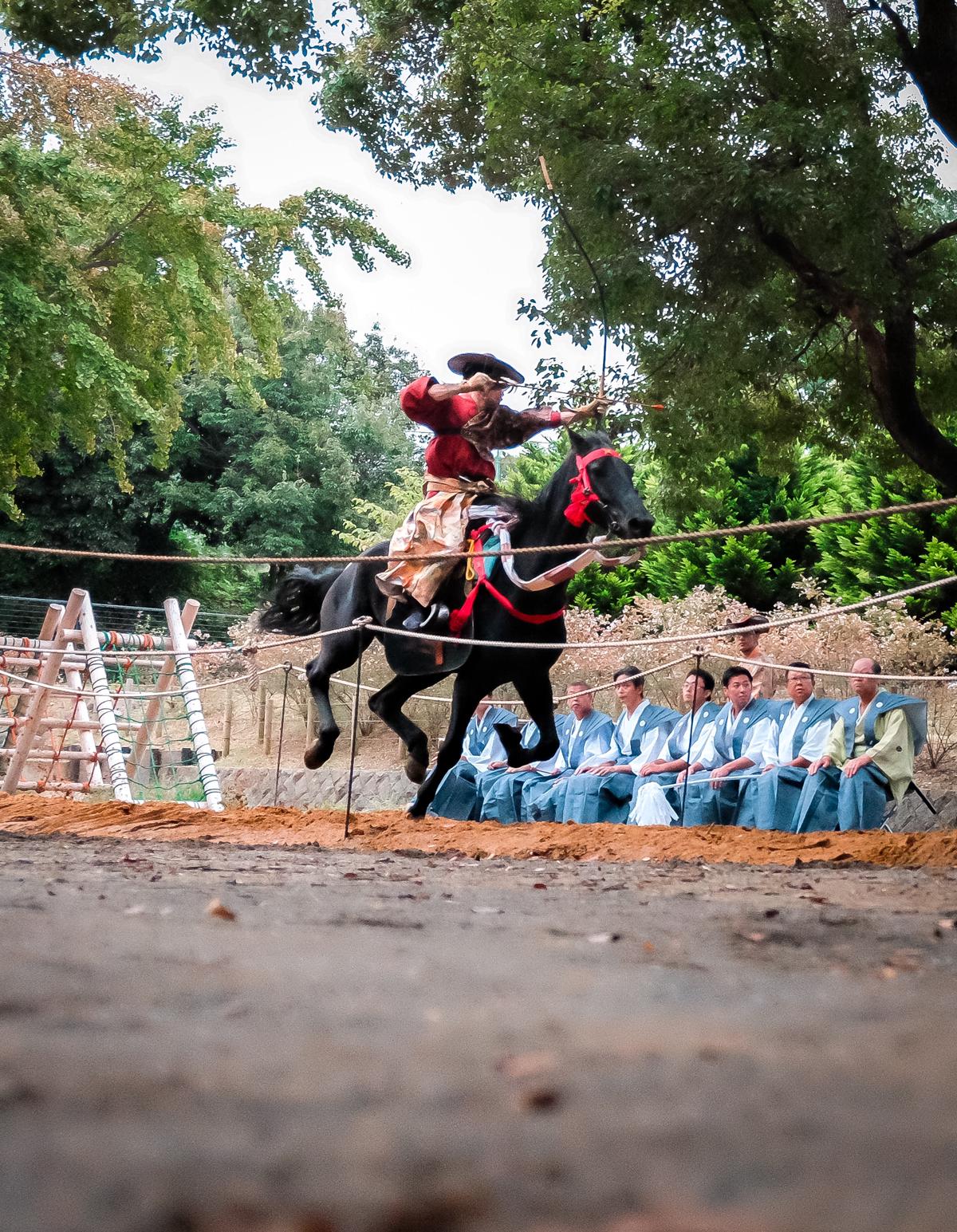
Photo by foundmason on Unsplash
Contemporary Horseback Archery in Hungary
The Present Status of Hungarian Horseback Archery
Preserved under the banner of traditional sports in Hungary, horseback archery stands as a discipline intertwining equestrian prowess with archery, necessitating not only muscular vigor but also strategic accuracy. Reinventing itself in the face of modernity, the sport has incorporated competitive aspects, transforming it into both a means for safeguarding cultural heritage and a captivating sporting event.
Regional Differences in Practice
Among Hungary’s regions, there’s a significant variance in how horseback archery is practiced. In places deeply embedded in Hungarian tradition, like Hortobágy and Puszta, the sport is integrated into local festivities, giving it a folkloric characteristic. This contrasts with urban practices, particularly in the capital Budapest, where horseback archery is viewed as a competitive sport and has a more standardized and institutionalized training process. Regardless of the variations, respect for tradition, precision, and horsemanship remains integral to the practice across regions.
Popular Competitions
In the vein of formal competition, the Hungarian Horseback Archery Championships is one of the most anticipated annual tournaments. Other events include the European Grand Prix and the World Horseback Archery Championship – both of which invite the participation of Hungarian competitors. Besides these, various regional contests, mainly hosted during local festivals, contribute to the vibrancy and relevance of the sport.
Prominent Figures in Contemporary Hungarian Horseback Archery
Various eminent Hungarian horseback archers have contributed significantly to the sport, inspiring a new generation of competitors. Among them, Kassai Lajos stands out. Beyond being a skilled horseback archer, he perpetuates the practice by running a horseback archery school, fostering the next wave of athletes in this field.
Another well-regarded horseback archer is Gyula Szuhai, who has bagged numerous domestic and global titles. His significant achievement came in 2002, when he was named Junior European Champion in the European Championship. Since that victory, Szuhai has continuously invested his efforts in the advancement and promotion of Hungarian horseback archery.
The influence of individuals like Szuhai and Lajos reiterates the sport’s critical role and ongoing relevance in Hungary, reflecting its lasting cultural resonance. While the sport continues to evolve, it retains strong ties to its ancestral roots.
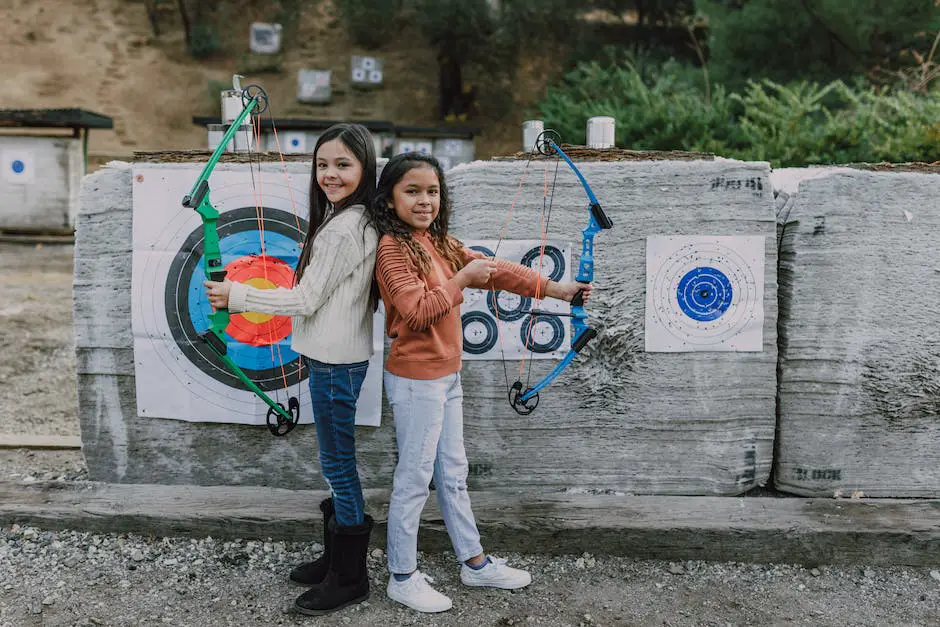
Impact and Influence Abroad
The Deep Rooted History of Hungarian Horseback Archery
Magyar horse archery, also known as Hungarian horseback archery, is a millennia-old tradition that originated during the European middle ages. This form of archery was initially crafted by nomadic tribes who used it for protection and combat. Today, its rich historical roots and challenging nature have led to its embrace by countries across the globe. Regions like South Korea, Mongolia, the United States, Turkey, and France have developed notable communities and host competitions for the sport, demonstrating its global reach and influence.
Adoption and Adaptation Outside of Hungary
As horseback archery started gaining international attention, countries beyond Hungary began to adopt and adapt the sport to their cultural contexts. For instance, in the United States, horseback archery has received fresh attention, with annual competitions being hosted and participants hailing from various backgrounds. The American style of horseback archery tends to blend the Hungarian traditions with local indigenous methods, thereby creating a unique blend of history, tradition, and sport.
In South Korea, horseback archery has been deeply entrenched in their history, with a continuous practice since the Silla Dynasty (37 BC-935 AD). Their style is more allied with the Mongolian style but with noticeable Hungarian influences in their training and competition formats.
The Impact on Other Horseback Archery Traditions
The Hungarian style of horseback archery has not only been appreciated worldwide but has also influenced other horseback archery traditions. The Japanese Yabusame, for instance, has adapted elements from the Hungarian approach in their training and shooting techniques. They have also borrowed the ‘Turning Target’ method from the Hungarian style, which requires the archer to shoot at targets while moving in a circular fashion.
Similarly, in Mongolia, where horseback archery is a part of their national identity, the adoption of Hungarian training methods has enhanced their already profound skills. The Hungarian aptitude for swiftly changing direction while simultaneously shooting three targets – all under 90 seconds – has greatly influenced Mongolian horseback archery.
Global Appeal and Preservation of Ancient Culture
The spread of Hungarian horseback archery worldwide serves to preserve this ancient sport in an era of modernization and technological advancement. This sport hones the skills of resilience, accuracy, and horsemanship of the archer, and is an emblem of historical tradition and warfare strategy. International acceptance and adaptation of this unique form of archery have played a pivotal role in keeping the sport alive and preserving an essential part of Hungarian culture.
The propagation of Hungarian horseback archery and its growing popularity is a testament to its historical richness and the harmonious bond between man, horse and archery which transcends cultural and geographical boundaries.
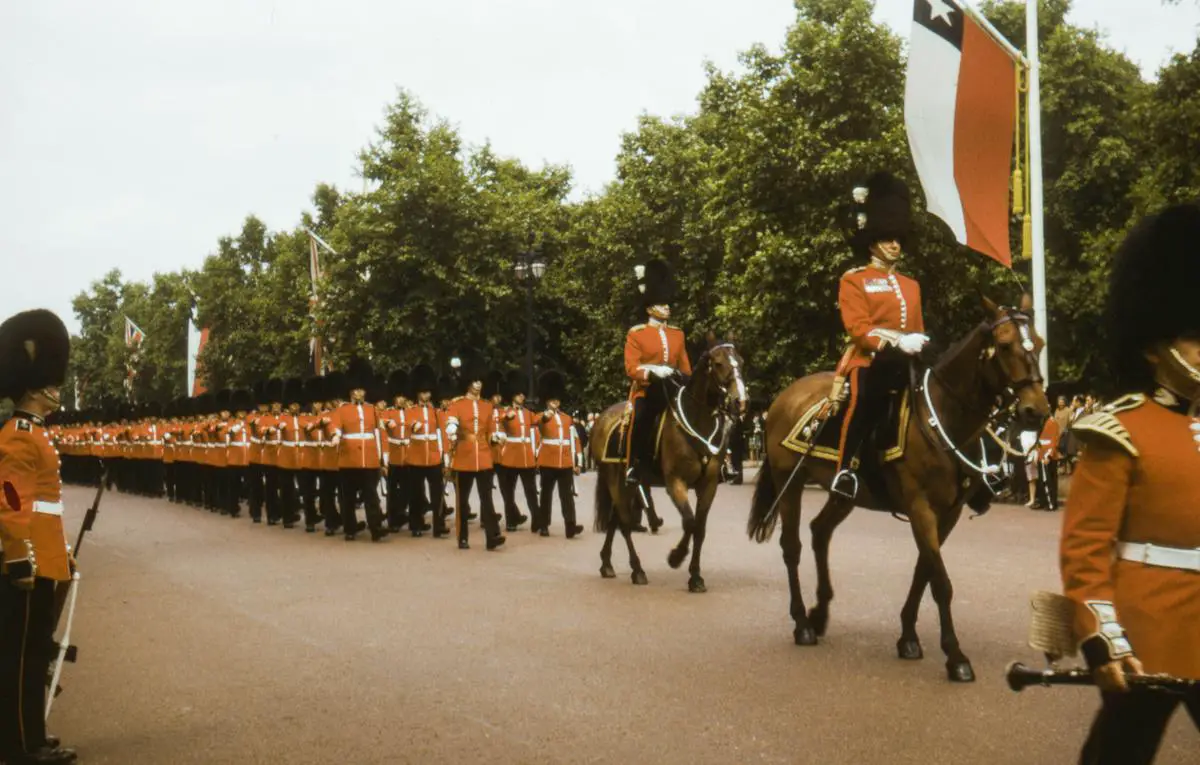
Photo by anniespratt on Unsplash
The intricate sport of Hungarian horseback archery serves as an arena where tradition and progress intersect, with ancient techniques and contemporary influences continuously sculpting its identity. Its unique blend of artistry, athleticism, and historical significance invites a discerning audience from all corners of the globe. With its ripple effects shaping horseback archery cultures around the world, it is not just a sport, but a living, breathing testament to a rich cultural heritage that continues to echo throughout the ages. Just as an archer commands the bow, the power and depth of Hungarian horseback archery have commanded the world’s attention, carving an indelible mark in the collective cultural psyche.
